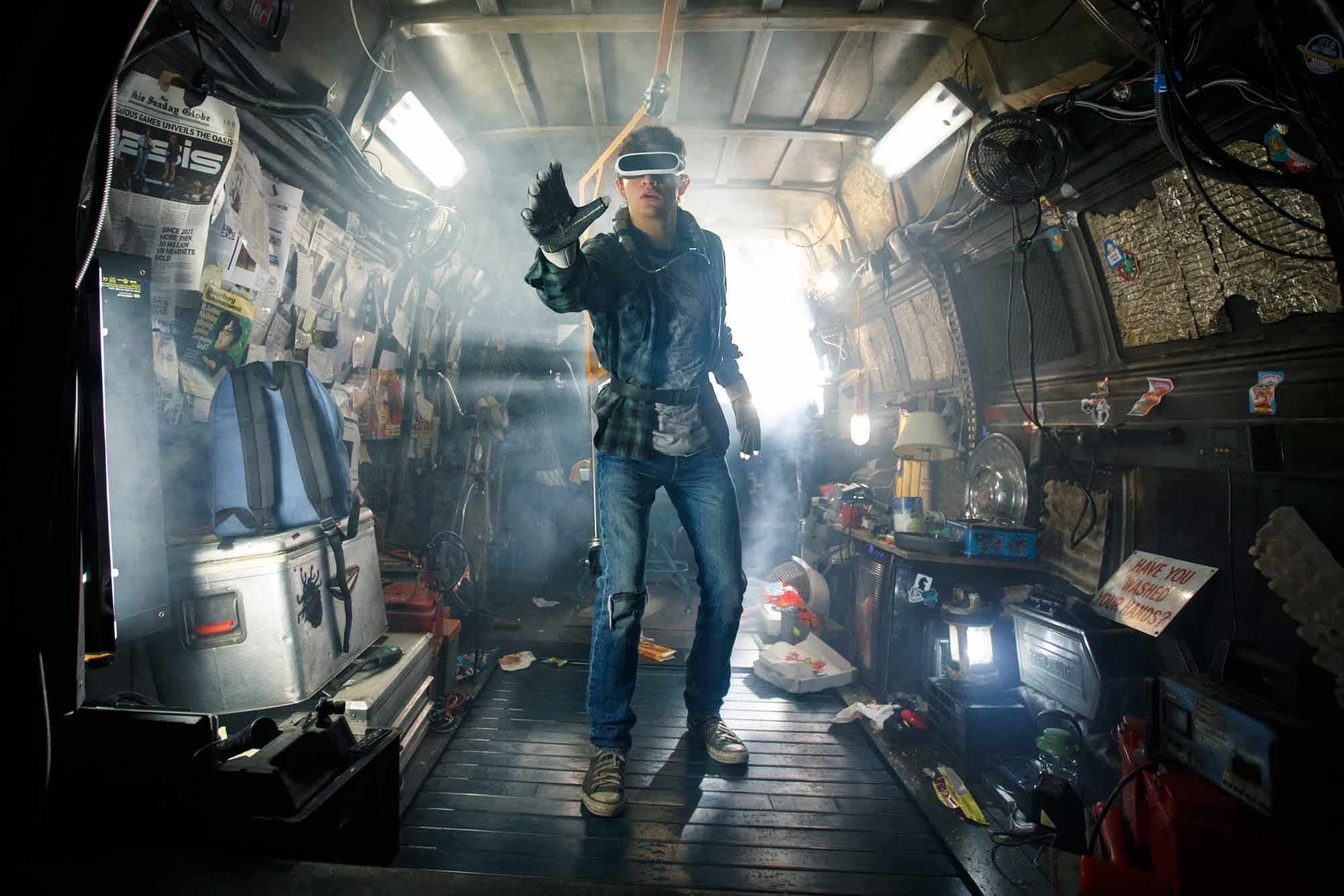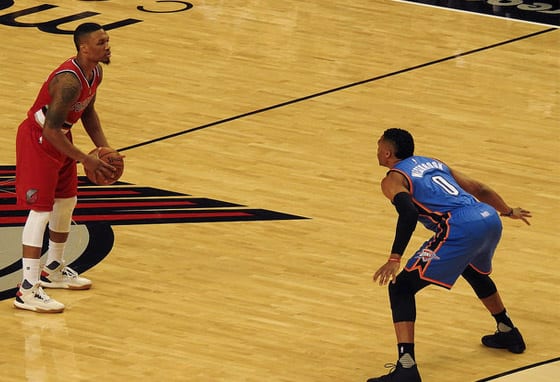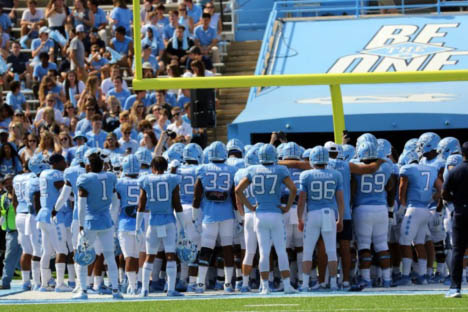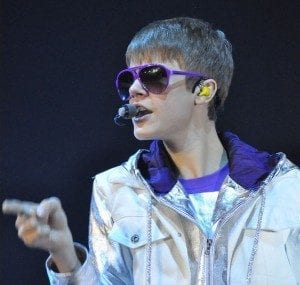
Spoilers ahead, read at your own risk!
He was the fantastical curator of our childhoods; countless classics of his filled our screens (and our hearts) such as Jaws (1975), Jurassic Park (1993), Close Encounters of the Third Kind (1977) and Indiana Jones: Raiders of the Lost Ark (1981). These blockbusters—whose glimmering themes opened up new realms of cinematic possibility—carved him out to be one of the most prolific directors of all time. Steven Spielberg is now back with his new motion picture, Ready Player One (2018) and let’s face it…it’s awesome! This is the sort of rip-roaring adrenaline adventure that gave him his name and, unsurprisingly, audiences are eating it up like candy.
A treasure trove of pop-culture
Ready Player One is based on Ernest Cline’s science fiction novel of the same name, which has since become a worldwide sensation. The film adaptation is set in 2045 in Columbus, Ohio (a slight variation from the book) where the overpopulated world is on the brink of chaos. Our protagonist, Wade Watts (Tye Sheridan, X Men), lives within a decaying vertical trailer park: a modern-day shantytown that looks every bit as bleak as it sounds. The downtrodden citizens of Earth are looking for salvation, which they find in the comfort of the OASIS—a virtual reality to plug into. In this vast cyber world, anything and everything is possible. You can be whomever you want. For any filmmaker, this is an unmissable opportunity to get creative. Where will you transport your viewers when the sky’s not even the limit?
In the opening scenes, we discover the true definition of “no boundaries”. The screen erupts in an explosion of action as a race between thousands of cars commences through the streets of New York. During this time, a DeLorean—driven by Watts’ avatar Parzival—outmaneuvers a Tyrannosaurus rex (a not-so-subtle reference to Spielberg’s own work). The scene begins a feature-length-long game of spot the pop-culture reference, with characters and objects bombarding the audience from every angle. Familiar entities like the A-team van, Lara Croft, Mechagodzilla and a thundering King Kong are just the tip of the iceberg in this fandom extravaganza. The OASIS itself is a visual marvel, a feat of technical genius. Although the world has been created using CGI, it doesn’t feel overly gimmicky.
The plotline of the film is relatively straightforward, which, compared to the franticness of the frames, is a relief. We follow Watts/Parzival as he battles against other players to find the elusive “golden Easter egg”, the discovery of which will lead him to inherit the fortune of the game’s creator—James Halliday (Mark Rylance). This geeky gazillionaire—who resembles a mismatch of Steve Jobs, Einstein and Dustin Hoffman in Rain Man (1988)—poses as a sort of ghostly mentor to Watts.
Knowing that the one to succeed him and run the OASIS will be charged with a great power, Halliday crafts a number of challenges to decide the victor. Of course, there are evil competitors in the race for the golden Easter egg. After all, the film would lack urgency without them. The villain in Ready Player One comes in the form of the businessman Nolan Sorrento (Ben Mendelsohn), who satisfies our palates for a textbook sci-fi bad guy. Watts/Parzival must complete the tasks before Sorrento manages to do so. He’s joined by his fellow avatars Art3mis—Samantha in the real world (Olivia Cooke); Aech—Helen in the real world (Lena Waithe) and the rest of the ‘high five’ gang.
Fandom within the film revolves around the 80s and 90s: when Halliday and the digital universe came of age. Some of the pop-culture references are obvious, while others are clearly designed for hard core fans to study as they skim the film frame-by-frame upon its release on DVD. The cast do an exceptional job at portraying passionate gamers, with Sheridan and Cooke making a charming duo. Rylance provides the definitive performance as Halliday; playing the role of an awkward genius seems to agree with him somehow.
Just a few niggles
There is a huge build-up during the length of the feature that leads to a little bit of an anticlimax. While all loose ends are neatly tied off, there is a distinct lack of resolution. After obtaining the golden Easter egg, Watts and his fellow teammates decide to close the OASIS for two days a week to encourage people to experience the world outside. However, there is no real indication that he intends to use his riches to tackle the supreme poverty around them. While there is a snifter of hope that things may improve, we are also left to ponder the possibility of the world reverting back to how it was. Would it not have been more poignant to scrap the OASIS program entirely, realise that the physical world needs saving and that human interaction is more precious?
Similarly, although the action in the film is pertinent to the storyline, it occasionally comes at the cost of character development. While there are some touching moments between the hero and heroine, these quickly dissipate as a result of a sudden chase or shootout.
What the critics are saying
Being Spielberg’s first science fiction release since War of the Worlds (2005) and considering his reputation, expectations for the film have been decidedly high. On the whole, the movie has received terrific critical reviews: PostTrak reported that filmgoers gave it an 82 percent overall positive score and a 65 percent “definite recommend”. Jonathan Pile from Empire commented: “Spielberg has seemingly done the impossible: balancing sugar-rush nostalgia with an involving story to create a pure, non-cynical, cinematic ride that recaptures the magic of his early films.”
Recent reports have shown that Ready Player One is now the second biggest movie release of the year in terms of the global box office, with its worldwide total currently residing at $523,718,18. The blockbuster has prospered particularly overseas in China where it has earned $163 million thus far.
Recapturing the magic
Watching Ready Player One is like playing witness to somebody recapturing their youth. There is a distinct sense that the director has tried to evoke the magic of the films in his “golden era”. There are several comparisons that can be made to his earlier work. For instance, Spielberg was known to identify with fatherless boys during the beginning of his career (Finding Neverland (2004), Hook (1991), Catch Me If You Can (2002))—being an orphan, Watts is no exception to this rule. Although there are sinister moments, Ready Player One makes a point of not taking itself too seriously. This ambitious project by Spielberg is pure unabashed nostalgia—although you don’t need to be a pop-culture nut to enjoy it. Never in such a long time has a film felt as though Spielberg was revisiting his roots.

















